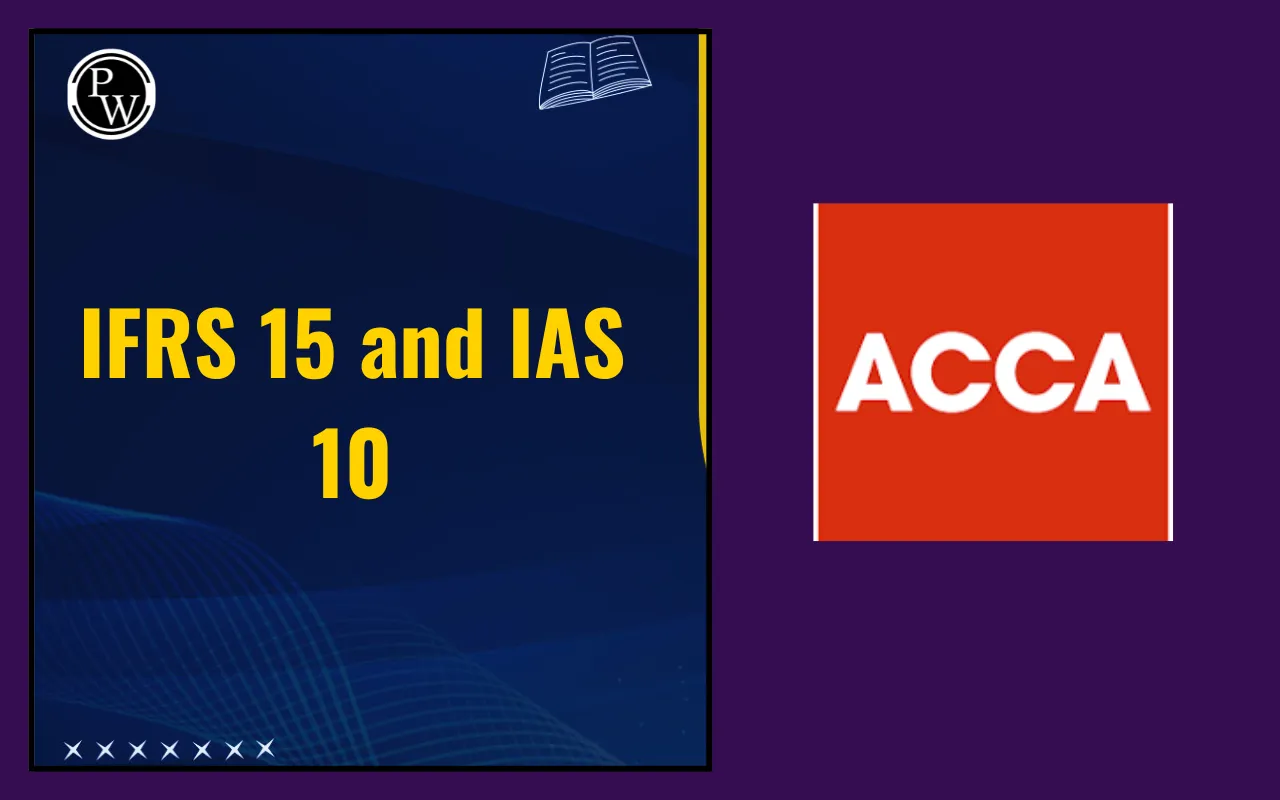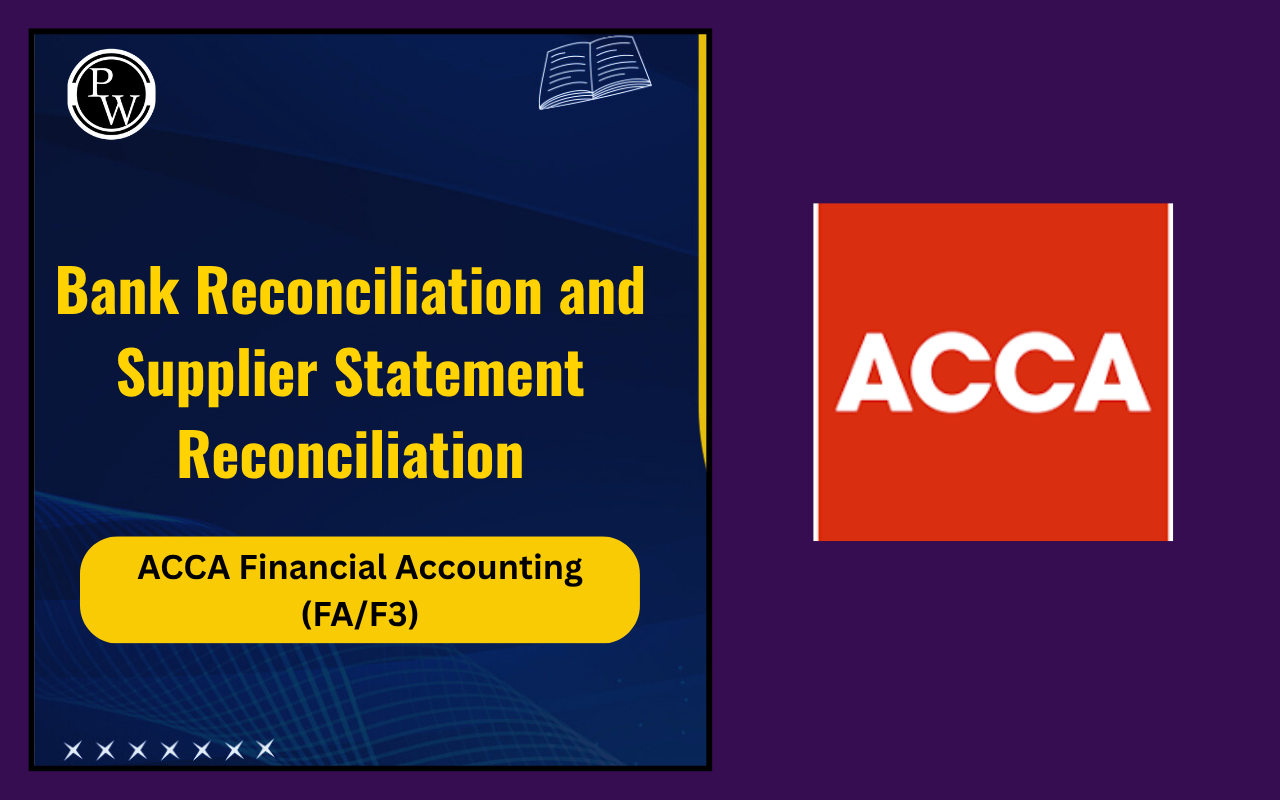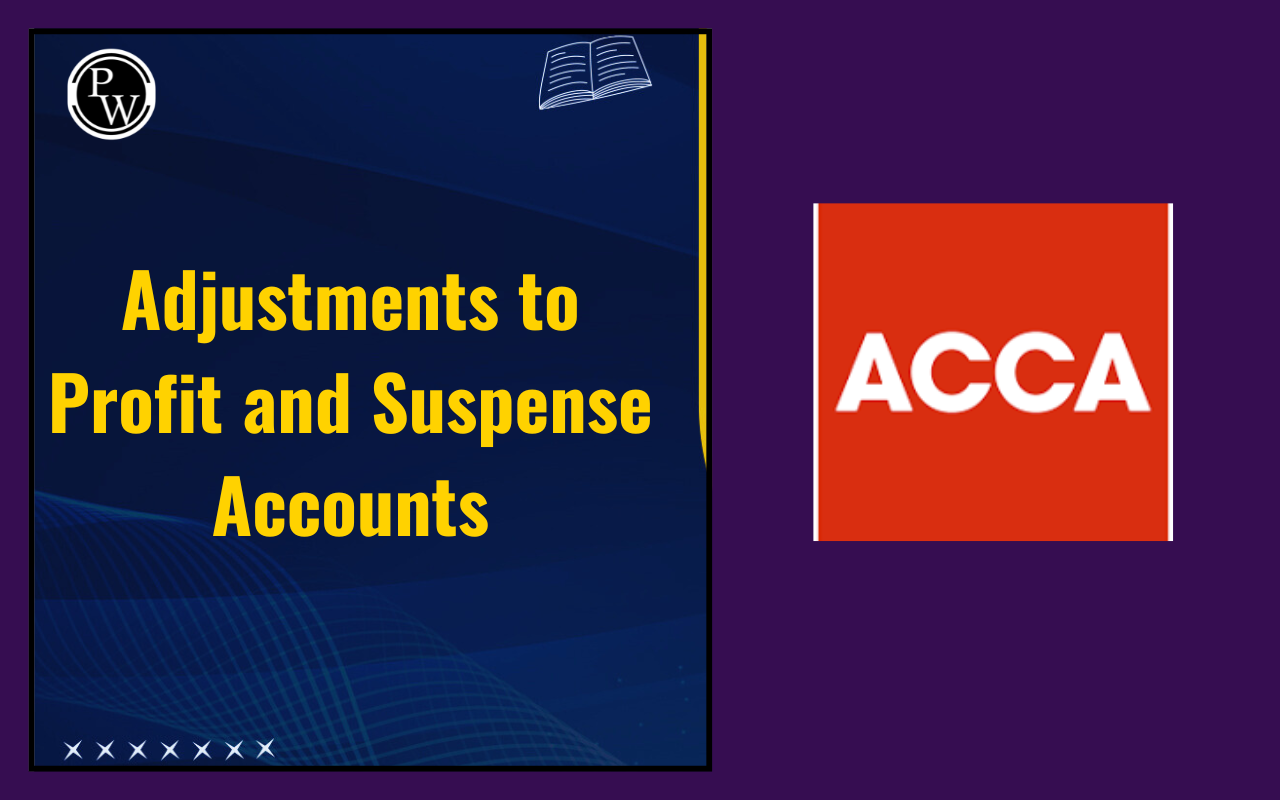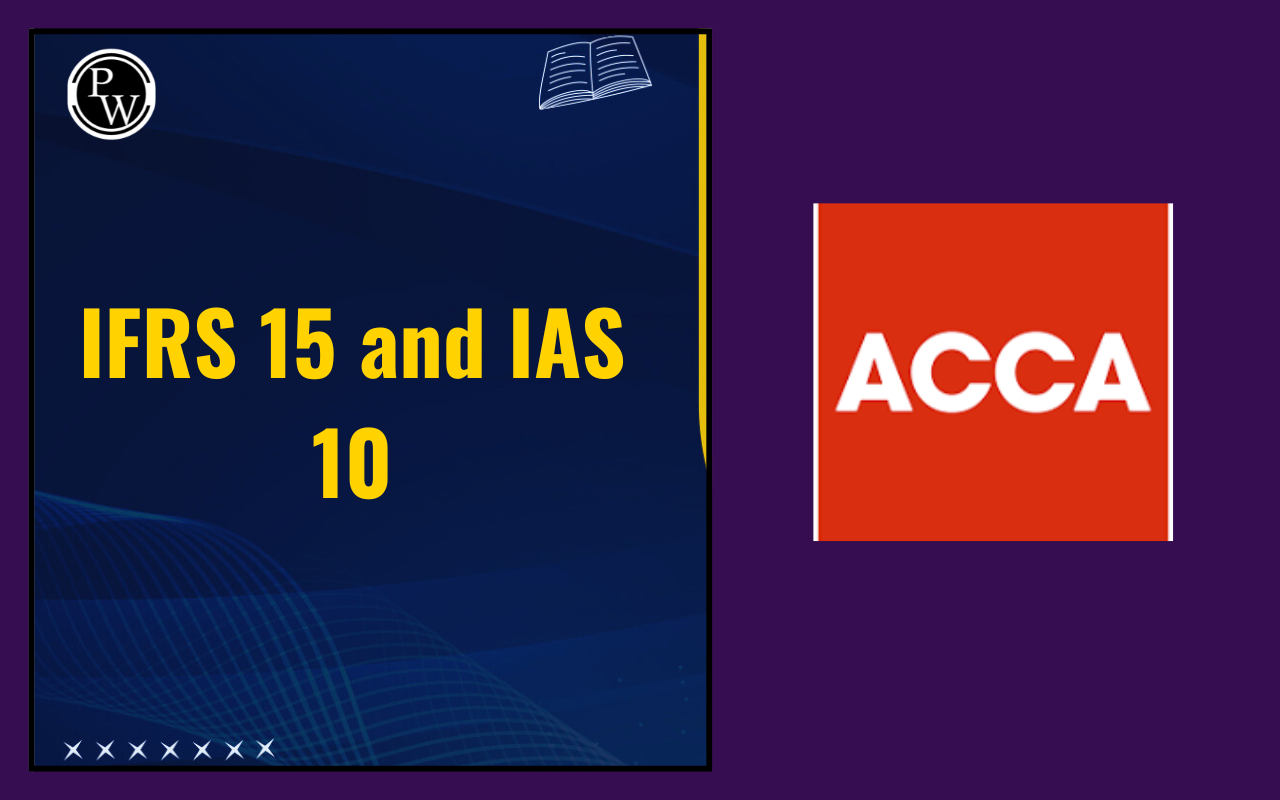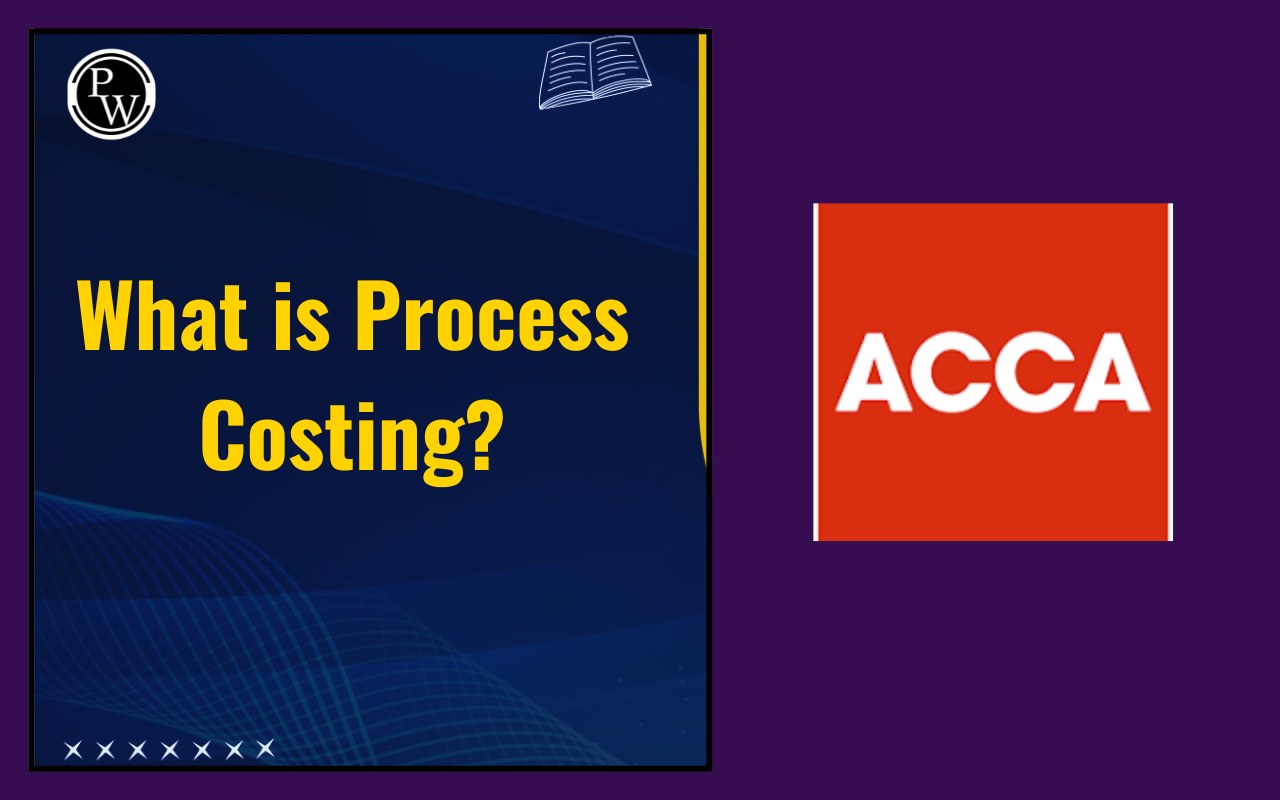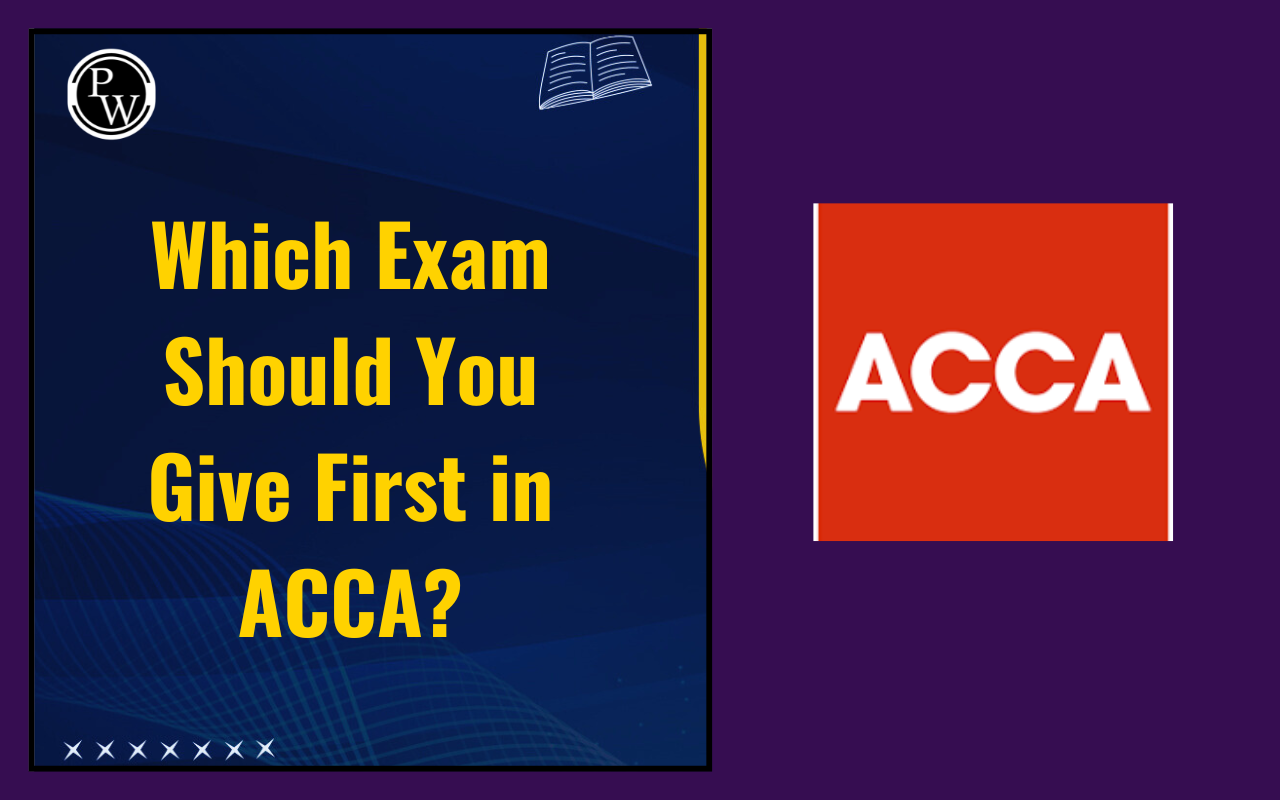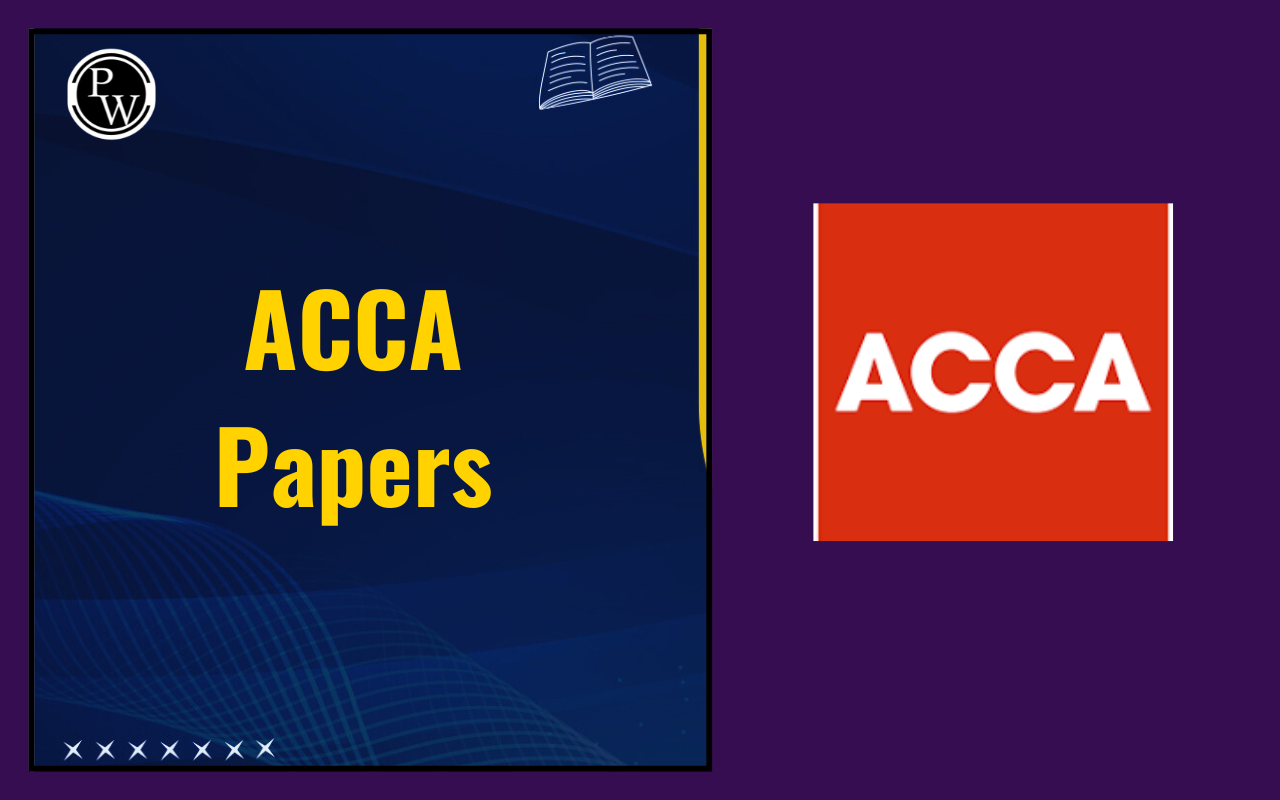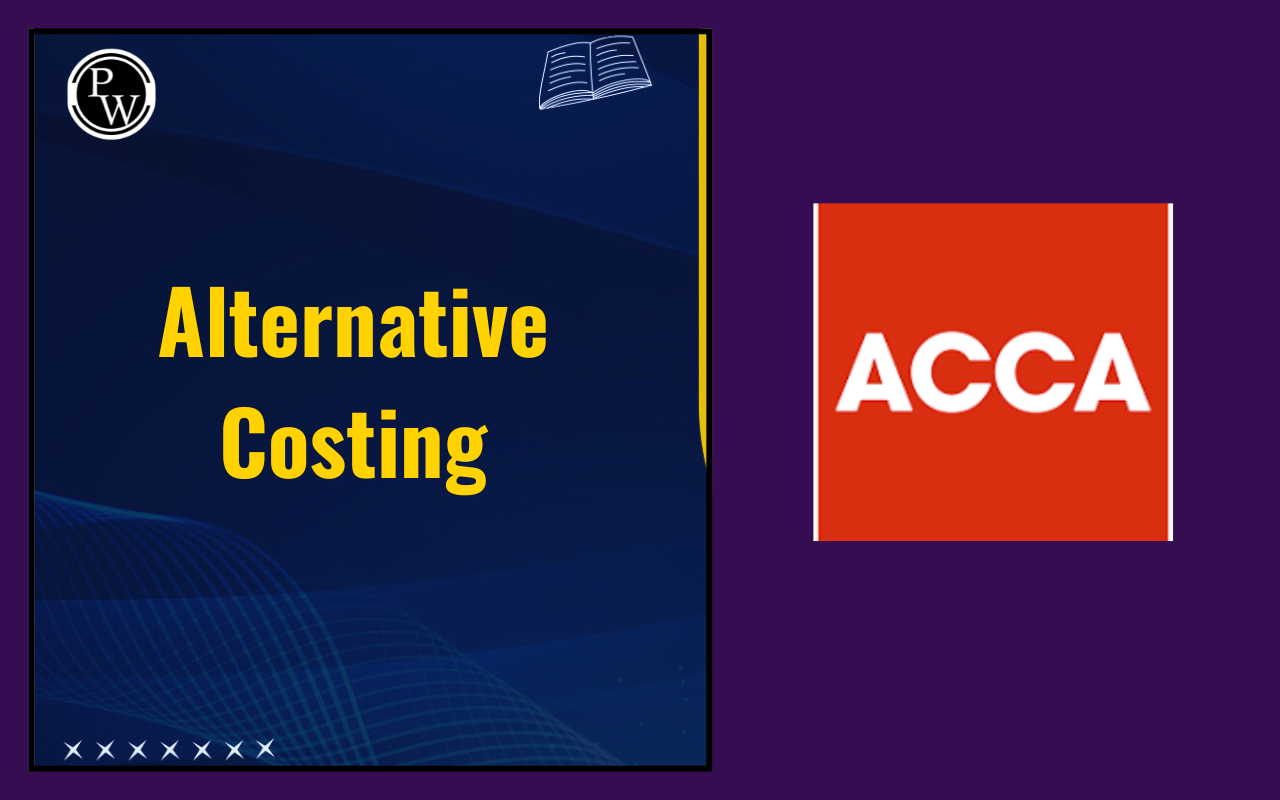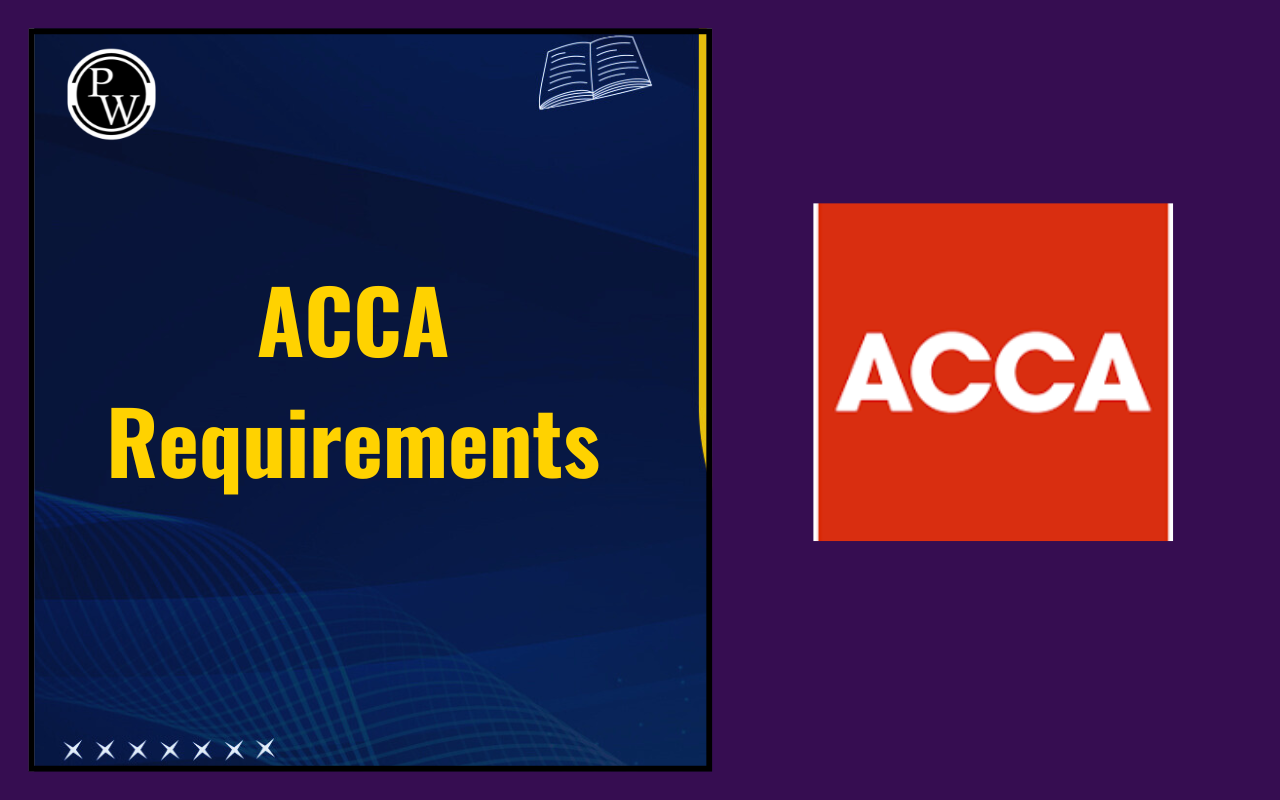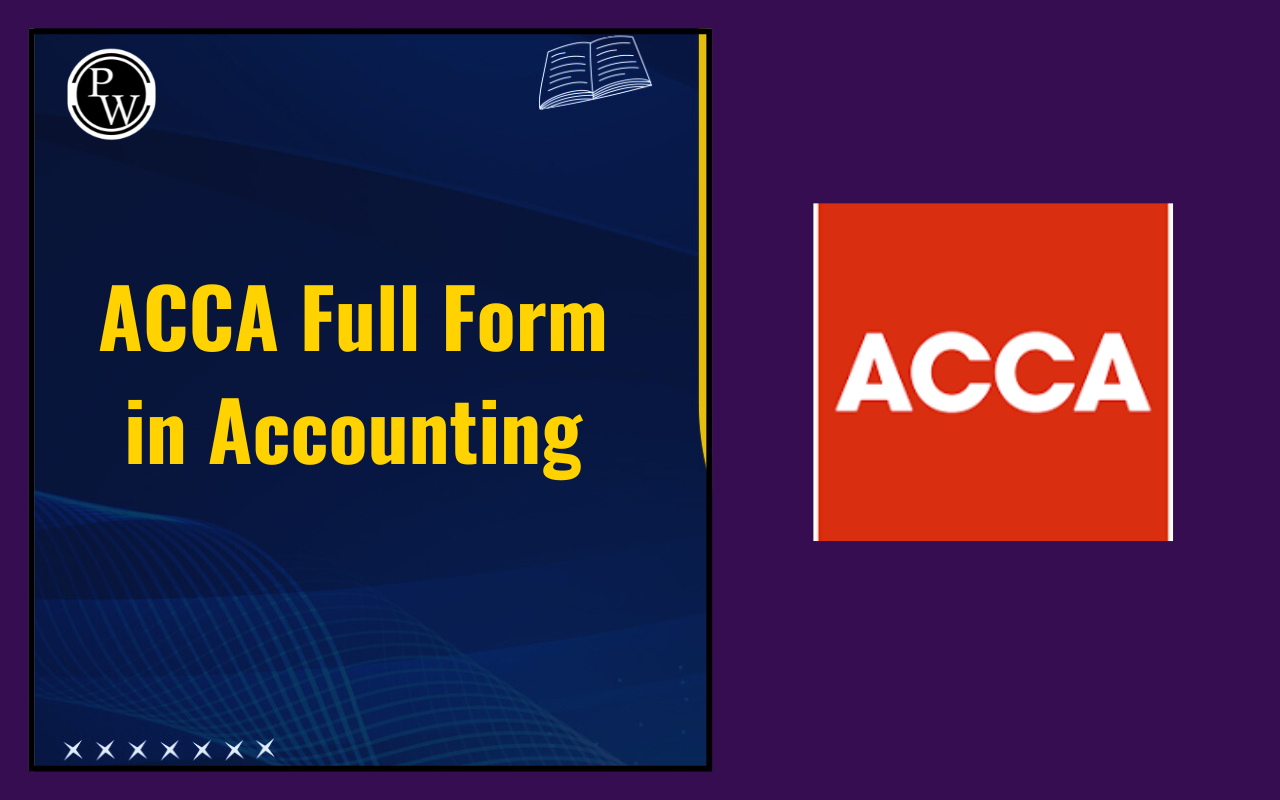
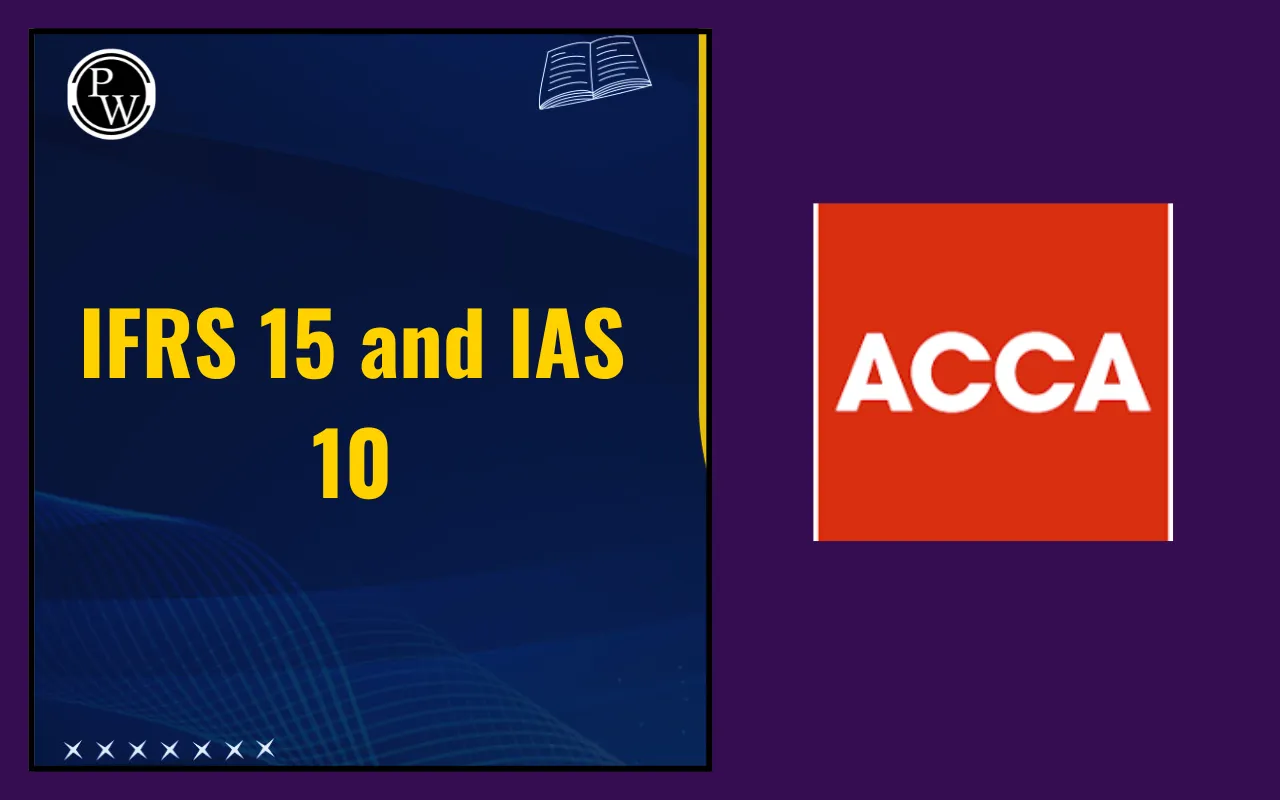
IFRS 15 Revenue: Accounting standards are important because they help businesses record and report their financial activities. Two such standards are IFRS 15 Revenue from Contracts with Customers and IAS 10 Events After the Reporting Period. These standards help in keeping the financial statements fair, clear, and reliable.
Students who are preparing for ACCA Financial Accounting (FA/F3) should understand these two standards because they are frequently asked in the exams and also used in real jobs. Below, we’ve explained IFRS 15 revenue, its five-step model, advanced concepts, and examples. It also explains IAS 10 events after the reporting period, with adjusting and non-adjusting events.
What is IFRS 15 Revenue from Contracts with Customers?
IFRS 15 revenue from contracts with customers is the global rule for recognizing revenue. Revenue is the money earned by a business from its main activities, like selling goods or providing services. Before this standard, companies often followed different practices, which sometimes caused confusion or even manipulation.
The goal of ACCA IFRS 15 Revenue is to create one common method so that all businesses recognize revenue in a fair and consistent way. This standard applies when a company has an agreement with a customer. The revenue is recognized only when certain conditions are fulfilled.
Five-Step Model of IFRS 15 Revenue
The heart of IFRS 15 revenue is its five-step model. These steps make sure revenue is recorded at the right time and in the right amount. Below, we’ve mentioned the five-step model of IFRS 15 Revenue:
-
Identify the Contract: A contract is an agreement with a customer. It may be written or spoken, but it must have commercial value.
-
Identify the Performance Obligations: Performance obligations are promises made to the customer. For example, selling a phone and providing warranty service are two separate obligations.
-
Determine the Transaction Price: This is the amount the company expects to receive from the customer. It excludes taxes such as GST or VAT.
-
Allocate the Transaction Price: If a bundle of products or services is sold, the total price is divided among each item based on its individual value.
-
Recognize Revenue When Obligations Are Satisfied: Revenue is recorded when the company has delivered the goods or completed the service. Sometimes it is at a single point (like selling a product), and sometimes it is spread over time (like providing a service).
Advanced Concepts of IFRS 15 Revenue
Apart from the five steps, there are advanced concepts under IFRS 15 revenue that help businesses deal with real-life situations.
1. Revenue Net of Expected Discounts
Revenue is not always the billed amount. Sometimes discounts are offered. If customers usually take these discounts, the company must record revenue after reducing it. This prevents overstating of income.
2. Principal vs Agent
It is important to know whether a business is acting as a principal or an agent.
-
A principal controls the goods or services before selling them. It records total revenue.
-
An agent only arranges sales for others. It records only commission as revenue.
Check, also: ACCA Full Form in Accounting
3. Bundled Goods and Services
When goods and services are sold together, the total price must be divided and revenue recognized separately. For example, a mobile with a warranty is treated as two different obligations.
IAS 10 Events After the Reporting Period
IAS 10 deals with situations where events take place after the reporting date but before the financial statements are officially approved. These events can have a strong impact on the company’s financial position and may need to be reflected in the accounts or disclosed in the notes.
| IAS 10 Events After the Reporting Period | |
| Term | Explanation |
| Reporting Date | The closing date of the company’s accounts, usually at year-end. |
| Authorization Date | The date when the board of directors approves the financial statements. |
| Events After Reporting Period | Events that happen between the reporting date and the authorization date. |
Adjusting and Non-Adjusting Events Under IAS 10
Events under IAS 10 are divided into two categories. Understanding these categories helps accountants know when to adjust financial statements and when to only provide disclosure.
| Adjusting and Non-Adjusting Events Under IAS 10 | ||
| Type of Event | Description | Example |
| Adjusting Events | These are events that provide further evidence of conditions that already existed at the reporting date. They require changes in the financial statements. | If a customer goes bankrupt just after year-end, it proves they were already facing problems, so receivables must be adjusted. |
| Non-Adjusting Events | These are events that show conditions that arose only after the reporting date. They do not require changes in accounts, but must be disclosed if they are important. | If a fire destroys assets after the year-end, the financial statements are not adjusted, but the event must be disclosed. |
Practical Application of IAS 10 Events
Below, we’ve mentioned some applications:
- If inventory value falls due to damage shortly after year-end, it is an adjusting event.
- If new shares are issued after year-end, it is a non-adjusting event but should be disclosed.
- If a lawsuit is settled after year-end, confirming liability existed earlier, it is an adjustment.
Connection Between IFRS 15 Revenue and IAS 10 Events
IFRS 15 revenue and IAS 10 events after reporting are linked because both aim to make financial statements more reliable. One focuses on recording income correctly, while the other deals with events that occur after the reporting period.
| Connection Between IFRS 15 Revenue and IAS 10 Events | ||
| Standard | Focus | Impact on Financial Statements |
| IFRS 15 Revenue from Contracts with Customers | Recording revenue using the five-step model and advanced concepts. | Ensures income is shown fairly and transparently. |
| IAS 10 Events After Reporting Period | Considering events between the reporting and approval dates. | Ensures events are either adjusted or disclosed as needed. |
IFRS 15 Revenue Examples
These IFRS 15 revenue from contracts with customers examples help students understand how the standard works in practice.
IFRS 15 revenue example 1: A mobile phone worth ₹40,000 is sold with a one-year warranty priced at ₹10,000. The bundle is sold at ₹45,000. Revenue for the phone is recognized immediately as ₹36,000, while the warranty revenue of ₹9,000 is spread across twelve months.
IFRS 15 revenue example 2: A company sells products with the condition “2/10 net 30,” which means a 2% discount is given if payment is made within ten days. If past records show that customers usually use the discount, revenue is recorded after subtracting the discount. If the discount is not taken, the additional revenue is recognized later.
IFRS 15 Revenue Recognition Key Insights
Some important lessons from IFRS 15 revenue are:
-
Revenue is recognized only after carefully following the five-step model.
-
Discounts that are expected to be used must be deducted before recording revenue.
-
Bundled products and services must be separated and recorded properly.
-
The role of a business as a principal or an agent changes how revenue is recognized.
-
The overall aim of the standard is to prevent manipulation and promote transparency.
IFRS 15 Revenue FAQs
Why is IFRS 15 important for businesses?
What is the purpose of the five-step model in IFRS 15?
What is the difference between adjusting and non-adjusting events under IAS 10?

